Hệ thống chiếu sáng thông minh hiện đại không chỉ đơn giản là bật và tắt đèn - chúng tạo ra môi trường thích ứng để tăng cường sự thoải mái, hiệu quả và phong cách. Đằng sau mỗi thay đổi độ sáng mượt mà là một giao thức mờ, lặng lẽ định hình trải nghiệm người dùng. Trong số các dự án thương mại được sử dụng rộng rãi nhất là DALI và PWM, mỗi loại cung cấp những cách độc đáo để kiểm soát ánh sáng LED. Biết được sự khác biệt của họ có thể giúp bạn chọn cách tiếp cận phù hợp cho không gian của mình.
Tại sao các giao thức làm mờ lại vấn đề trong ánh sáng thông minh
Một hệ thống chiếu sáng thông minh được thiết kế tốt không chỉ là một bộ sưu tập các thiết bị - đó là một mạng lưới đáp ứng nhu cầu thay đổi, cải thiện hiệu quả và tăng giá trị theo thời gian. Trọng tâm của hệ thống này, giao thức làm mờ đóng một vai trò quan trọng trong việc quản lý và trải nghiệm ánh sáng như thế nào.
Một trong những lợi ích rõ ràng nhất là tiết kiệm năng lượng. Bằng cách làm mờ đèn vào ban ngày hoặc ở những khu vực có lưu lượng truy cập thấp, các doanh nghiệp có thể giảm đáng kể mức tiêu thụ điện năng mà không ảnh hưởng đến tầm nhìn hoặc an toàn. Trong suốt một năm, điều này có thể dẫn đến việc giảm đáng kể chi phí tiện ích, đặc biệt là trong các không gian thương mại quy mô lớn.
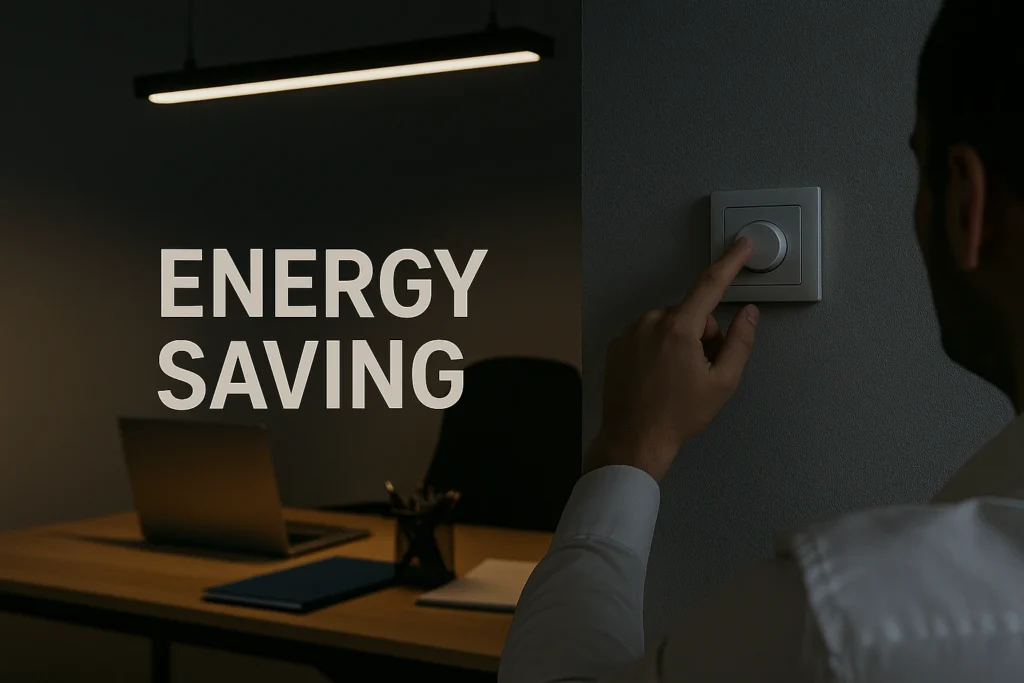
Dễ kiểm soát là một lợi thế khác. Các giao thức làm mờ hiện đại cho phép điều chỉnh tập trung hoặc tự động, cho phép người quản lý cơ sở thiết lập lịch trình, tạo cảnh chiếu sáng và tích hợp các cảm biến cho việc lấp đầy hoặc thu hoạch ánh sáng ban ngày. Điều này không chỉ cải thiện trải nghiệm người dùng mà còn đảm bảo hệ thống chiếu sáng hoạt động ở hiệu quả tối ưu mà không cần can thiệp thủ công liên tục.
Từ góc độ dài hạn, chi phí bảo trì giảm cũng quan trọng không kém. Bằng cách tránh đèn LED lái xe quá mức và giảm thiểu việc sử dụng không cần thiết, Dimming giúp kéo dài tuổi thọ của cả đồ đạc và trình điều khiển. Điều này có nghĩa là ít thay thế hơn, ít thời gian chết hơn và chi phí vận hành thấp hơn trong suốt thời gian tồn tại của hệ thống.
Các giao thức làm mờ cũng góp phần tạo sự thoải mái và linh hoạt. Điều chỉnh độ sáng mượt mà giúp giảm chói và mỏi mắt, tạo môi trường dễ chịu hơn cho nhân viên, khách hàng, hoặc khách. Trong không gian đa dụng, khả năng chuyển đổi giữa các cảnh chiếu sáng khác nhau giúp tăng cường chức năng và bầu không khí.
Cuối cùng, việc lựa chọn giao thức làm mờ không chỉ hình thành cách hệ thống chiếu sáng của bạn ngày nay mà còn là cách nó có thể thích ứng dễ dàng với các nhu cầu trong tương lai. Trong số nhiều lựa chọn có sẵn, DALI và PWM vẫn là hai trong số các lựa chọn được áp dụng rộng rãi nhất - mỗi lựa chọn có thế mạnh riêng phù hợp với các yêu cầu khác nhau của dự án. Hiểu được khả năng của họ sẽ giúp bạn đưa ra quyết định sáng suốt, sẵn sàng trong tương lai.
PWM làm mờ là gì?
PWM (Điều chế độ rộng xung) DIMMING là một trong những phương pháp phổ biến nhất để kiểm soát độ sáng LED, đặc biệt là trong các dự án chiếu sáng quy mô nhỏ hoặc trung bình. Thay vì hạ điện áp thực tế xuống đèn LED, PWM nhanh chóng bật và tắt đèn LED ở một tần số cụ thể. Bằng cách điều chỉnh tỷ lệ thời gian “bật” đến thời gian “tắt” - được gọi là chu kỳ nhiệm vụ - độ sáng cảm nhận được thay đổi trong khi đèn LED vẫn nhận được điện áp đầy đủ trong mỗi xung.
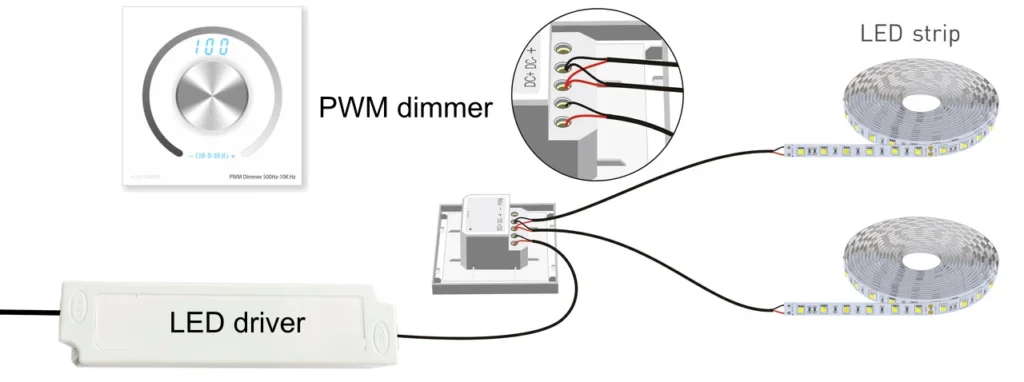
Từ góc nhìn của con người, việc chuyển đổi nhanh chóng này là vô hình khi được thực hiện ở tần số đủ cao và đèn LED chỉ đơn giản là có vẻ mờ hơn hoặc sáng hơn. Phương pháp này đảm bảo rằng nhiệt độ màu của đèn LED vẫn ổn định ở các mức độ sáng khác nhau, đặc biệt hữu ích trong các màn hình bán lẻ, ánh sáng trang trí và cài đặt khách sạn, nơi màu sắc nhất quán là quan trọng.
Ưu điểm của PWM DIMMING bao gồm:
hiệu quả chi phí - Trình điều khiển PWM nói chung đơn giản hơn và ít tốn kém hơn, khiến chúng trở nên hấp dẫn đối với các dự án có ngân sách eo hẹp.
Hiệu suất màu ổn định - Đèn LED duy trì các đặc tính màu sắc của chúng ở các mức độ sáng khác nhau.
Khả năng tương thích rộng - Nhiều dải đèn LED và đồ đạc trên thị trường được thiết kế với điều khiển PWM.
Hạn chế cần xem xét:
Các vấn đề về nhấp nháy tiềm ẩn - Nếu tần số quá thấp, những người nhạy cảm có thể cảm nhận được nhấp nháy và máy ảnh tốc độ cao có thể ghi lại hiệu ứng nhấp nháy.
Khoảng cách truyền hiệu quả ngắn hơn - Tín hiệu điều khiển PWM có thể làm suy giảm các đường truyền dài hơn, làm cho nó ít phù hợp hơn cho các hệ thống xây dựng quy mô lớn mà không cần điều hòa tín hiệu bổ sung.
Khả năng mở rộng giới hạn - Mặc dù tuyệt vời cho các ứng dụng nhỏ hoặc đơn vùng, nhưng PWM không hiệu quả khi quản lý hàng trăm thiết bị trên nhiều lĩnh vực.
Các ứng dụng điển hình của PWM Dập bao gồm dải đèn LED trong các kệ bán lẻ, ánh sáng tạo điểm nhấn trong khách sạn, chiếu sáng bảng chỉ dẫn và thiết lập chiếu sáng thông minh dân cư, nơi chi phí và sự đơn giản được ưu tiên hơn các tính năng điều khiển nâng cao.

Dali Dimming là gì?
cây di lan (Giao diện chiếu sáng địa chỉ kỹ thuật số) là một giao thức truyền thông kỹ thuật số được tiêu chuẩn hóa được thiết kế đặc biệt để điều khiển ánh sáng chuyên nghiệp. Không giống như PWM, điều chỉnh việc phân phối điện để điều chỉnh độ sáng, Dali gửi tín hiệu kỹ thuật số đến các trình điều khiển tương thích, cho họ biết chính xác mức độ sáng để tạo ra. Mỗi thiết bị cố định hoặc trình điều khiển trên mạng DALI có thể có địa chỉ duy nhất của riêng mình, cho phép điều khiển riêng lẻ hoặc nhóm mà không cần thay đổi hệ thống dây điện phức tạp.
Cách thức hoạt động:
Mạng DALI bao gồm một bộ điều khiển (hoặc nhiều bộ điều khiển), trình điều khiển tương thích DALI và bus hai dây mang cả nguồn điện cho mạch điều khiển và dữ liệu kỹ thuật số. Giao thức hỗ trợ tối đa 64 thiết bị định địa chỉ riêng cho mỗi dòng DALI, có thể được sắp xếp thành 16 nhóm và được chỉ định 16 cảnh đặt trước. Vì đó là kỹ thuật số, điều chỉnh độ sáng chính xác - với tối đa 254 mức độ mờ rời rạc - và không bị nhấp nháy có thể nhìn thấy được.
Ưu điểm của Dali Dimming bao gồm:
Điều khiển chính xác và không nhấp nháy - Lý tưởng cho môi trường mà chất lượng ánh sáng là rất quan trọng, chẳng hạn như văn phòng, bệnh viện và bảo tàng.
Phân vùng linh hoạt và điều khiển cảnh - Các đồ đạc có thể được nhóm lại hoặc lập trình lại thông qua phần mềm mà không cần nối lại.
Giao tiếp hai chiều - Thiết bị có thể báo cáo trạng thái (bật/tắt, mức độ mờ, lỗi) trở lại hệ thống điều khiển, cho phép chủ động bảo trì.
sự hợp nhất - Dễ dàng tích hợp với các hệ thống quản lý tòa nhà (BMS) như KNX hoặc BACnet để điều khiển tập trung.
Cáp dài hơn - Thích hợp cho các tòa nhà lớn mà không bị suy giảm tín hiệu đáng kể.
Hạn chế cần xem xét:
Chi phí ban đầu cao hơn - Yêu cầu trình điều khiển và bộ điều khiển tương thích DALI, thường đắt hơn các thiết lập PWM cơ bản.
Chuyên môn lắp đặt - Cấu hình và vận hành yêu cầu nhân viên được đào tạo và phần mềm chuyên dụng.
Giới hạn thiết bị trên mỗi dòng - Trong khi có thể mở rộng, mỗi dòng DALI có tối đa 64 thiết bị, vì vậy các dự án lớn hơn có thể cần nhiều đường dây hoặc cổng.
Các ứng dụng điển hình của Dali DIMMING bao gồm văn phòng công ty, sân bay, trung tâm mua sắm, bệnh viện, trường đại học và các dự án khách sạn cao cấp - bất cứ nơi nào ánh sáng cần có khả năng kiểm soát cao, có thể mở rộng và tích hợp với các hệ thống tòa nhà rộng hơn.
Mặc dù cả Dali Dimming và PWM đều có thể đạt được ánh sáng có thể điều chỉnh, nhưng chúng hoạt động theo những cách khác nhau về cơ bản và phù hợp với các loại dự án khác nhau. Bảng dưới đây tóm tắt những khác biệt cốt lõi:

Dali vs PWM: Sự khác biệt chính
| làm nổi | Dali mờ | PWM làm mờ |
| Phương pháp kiểm soát | Giao thức kỹ thuật số gửi các lệnh độ sáng chính xác | Chuyển đổi nhanh / tắt nhanh chóng để thay đổi độ sáng cảm nhận |
| tính rỏ ràng | Lên đến 254 mức độ mờ rời rạc, mịn và không nhấp nháy | giới hạn bởi tần số; độ êm phụ thuộc vào chất lượng trình điều khiển |
| chập chờn | Không có nhấp nháy nhìn thấy | Có thể ở tần số thấp hoặc với thiết kế trình điều khiển kém |
| sự mở rộng | Hỗ trợ 64 thiết bị mỗi dòng, dễ dàng kết nối mạng cho các dự án lớn | Tốt nhất cho các hệ thống nhỏ hoặc đơn vùng |
| đường xe lửa | Hai chiều (báo cáo trạng thái, phát hiện lỗi) | Một chiều (không có phản hồi từ đồ đạc) |
| sự liên hợp | Hoạt động với BMS như KNX, BACnet | Bộ điều khiển thông minh độc lập hoặc đơn giản |
| Chi phí lắp đặt | Cao hơn (Driver chuyên dụng, phần mềm cấu hình) | Thấp hơn (trình điều khiển và bộ điều khiển cơ bản) |
| Các trường hợp sử dụng tốt nhất | Tòa nhà thương mại lớn, văn phòng, bệnh viện, chuỗi bán lẻ | Dải đèn LED, đèn chiếu sáng, chiếu sáng thông minh quy mô nhỏ |
Hiểu được tác động của những khác biệt này
Kích thước hệ thống và độ phức tạp - Đối với các văn phòng nhiều tầng hoặc không gian thương mại với hàng trăm đồ đạc, DALI cung cấp cấu trúc và khả năng mở rộng cần thiết để quản lý hiệu quả. PWM, mặc dù đơn giản hơn, nhưng trở nên khó duy trì trong các tình huống như vậy.
chất lượng ánh sáng - nơi độ sáng nhất quán và độ ổn định màu sắc là rất quan trọng - chẳng hạn như phòng trưng bày hoặc chăm sóc sức khỏe - kiểm soát chính xác của Dali vượt trội hơn PWM.
Ngân sách và ROI - Trong khi PWM có chi phí ban đầu thấp hơn, DALI có thể tiết kiệm lâu dài hơn bằng cách giảm lãng phí năng lượng, kéo dài tuổi thọ của vật cố định và đơn giản hóa việc bảo trì thông qua giám sát lỗi thời gian thực.
Lựa chọn giữa các giao thức này không chỉ là một quyết định kỹ thuật - mà còn là điều chỉnh hệ thống điều khiển ánh sáng của bạn với quy mô, mục tiêu và yêu cầu trong tương lai của dự án.
Khi nào chọn PWM làm mờ
PWM Dimming phù hợp nhất cho các dự án mà sự đơn giản, khả năng chi trả và triển khai nhanh là những ưu tiên chính. Mặc dù nó thiếu một số điều khiển tiên tiến và khả năng mở rộng của DALI, nhưng nó có thể mang lại kết quả tuyệt vời trong bối cảnh phù hợp.
Bạn có thể chọn làm mờ PWM nếu:
- Ngân sách là một hạn chế chính
Trình điều khiển tương thích PWM Và bộ điều khiển thường ít tốn kém hơn, làm cho chúng lý tưởng cho các dự án nhạy cảm về chi phí.
Điều này có thể đặc biệt có lợi cho ánh sáng trang trí hoặc thứ cấp khi điều khiển nâng cao là không cần thiết.
- Cài đặt ở quy mô nhỏ hoặc đơn vùng
PWM hoạt động tốt cho các lần chạy cáp ngắn và các dự án không yêu cầu phân vùng phức tạp.
Ví dụ bao gồm màn hình bán lẻ boutique, ánh sáng nổi bật ở sảnh khách sạn hoặc nâng cấp hệ thống chiếu sáng thông minh trong khu dân cư.
- Tính nhất quán màu sắc là quan trọng, nhưng kiểm soát tốt thì không
PWM duy trì nhiệt độ màu LED ở các mức độ sáng, có giá trị để tạo ra sự nhất quán trực quan trong màn hình hoặc môi trường theo chủ đề.
- Tốc độ lắp đặt vấn đề
Thiết lập rất đơn giản và không yêu cầu các công cụ vận hành tiên tiến hoặc đào tạo chuyên biệt.
Các kịch bản điển hình cho PWM DIMMING bao gồm:
Tủ bán lẻ và tủ trưng bày
Chiếu sáng điểm nhấn cho khách sạn (thanh, khu vực lễ tân, hành lang)
Bảng hiệu và các đặc điểm kiến trúc trang trí
Lắp đặt dải LED dân dụng trong nhà bếp, phòng khách hoặc khu vườn
Mặc dù PWM có thể là sự phù hợp hoàn hảo cho các ứng dụng này, nhưng điều quan trọng cần lưu ý là những hạn chế của nó trong các cài đặt thương mại quy mô lớn. Trong môi trường có mạng lưới chiếu sáng rộng lớn hoặc cần giám sát tập trung, PWM có thể nhanh chóng đạt đến giới hạn thực tế.
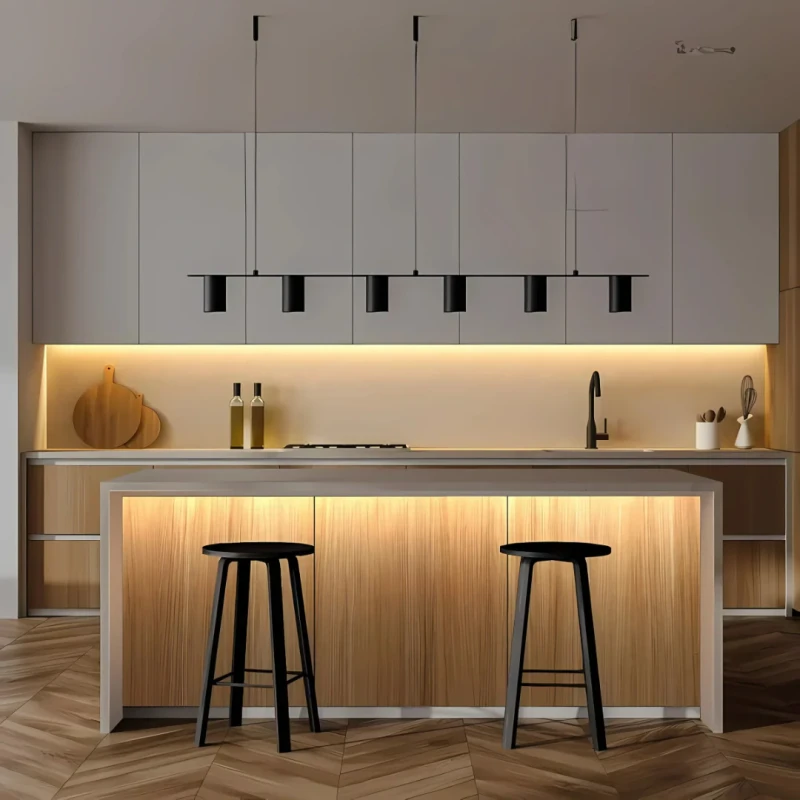

Trình điều khiển PWM Meanwell
Khi nào chọn Dali Dimming
Dali DIMMING được thiết kế cho các dự án mà độ chính xác, khả năng mở rộng và quản lý dài hạn là những ưu tiên hàng đầu. Mặc dù nó đòi hỏi đầu tư trả trước cao hơn, nhưng các khả năng tiên tiến của nó thường mang lại lợi nhuận mạnh mẽ hơn trong suốt thời gian hoạt động của hệ thống.
Bạn có thể chọn Dali Dimming nếu:
- Dự án của bạn có quy mô lớn hoặc đa khu vực
DALI hỗ trợ tối đa 64 thiết bị định địa chỉ riêng trên mỗi dòng, với tính năng nhóm và điều khiển cảnh linh hoạt.
Lý tưởng cho các tòa nhà văn phòng, khách sạn, sân bay, bệnh viện và trường đại học nơi hàng trăm hoặc thậm chí hàng nghìn đồ đạc cần sự kiểm soát phối hợp.
- Bạn cần điều khiển ánh sáng chính xác, không nhấp nháy
DALI cung cấp tới 254 mức độ mờ với chuyển tiếp mượt mà, làm cho nó hoàn hảo cho các ứng dụng mà chất lượng ánh sáng ảnh hưởng đến năng suất, sự thoải mái hoặc trình bày thương hiệu.
- Cần phải tích hợp với các hệ thống xây dựng khác
DALI dễ dàng kết nối với các hệ thống quản lý tòa nhà (BMS) như KNX hoặc BACnet, cho phép giám sát tập trung, tự động hóa và tối ưu hóa năng lượng.
- Hiệu quả bảo trì là ưu tiên hàng đầu
Giao tiếp hai chiều cho phép mỗi vật cố định báo cáo trạng thái của nó, do đó, người quản lý cơ sở có thể phát hiện sớm các lỗi và giảm thời gian chết.
Cách tiếp cận chủ động này giúp kéo dài tuổi thọ của thiết bị chiếu sáng và giảm thiểu các cuộc gọi dịch vụ không có kế hoạch.
- Mở rộng và kiểm soát trong tương lai là quan trọng
DALI hỗ trợ tích hợp với các cảm biến (sở hữu, ánh sáng ban ngày), bảng điều khiển treo tường và giao diện cảm ứng.
Điều này giúp bạn dễ dàng nâng cấp hệ thống sau này với các điều chỉnh ánh sáng tự động, cài đặt trước cảnh và ghi đè thủ công thân thiện với người dùng mà không cần thay thế toàn bộ cơ sở hạ tầng.
Các kịch bản điển hình cho Dali DIMMING bao gồm:
Tháp văn phòng công ty với nhiều phòng ban và không gian họp
Bệnh viện và phòng khám nơi ánh sáng nhất quán làm giảm mỏi mắt cho nhân viên và cải thiện sự thoải mái của bệnh nhân
Trung tâm mua sắm với khu vực ánh sáng và lịch trình phức tạp
Các trung tâm giao thông như sân bay và ga tàu yêu cầu kiểm soát tập trung đáng tin cậy
Bảo tàng và phòng trưng bày nơi mức độ ánh sáng chính xác bảo vệ các cuộc triển lãm nhạy cảm
Khi ánh sáng đóng một vai trò quan trọng trong cả hoạt động hàng ngày và chiến lược năng lượng dài hạn, DALI cung cấp mức độ kiểm soát và khả năng thích ứng mà các phương pháp tương tự đơn giản không thể sánh bằng.

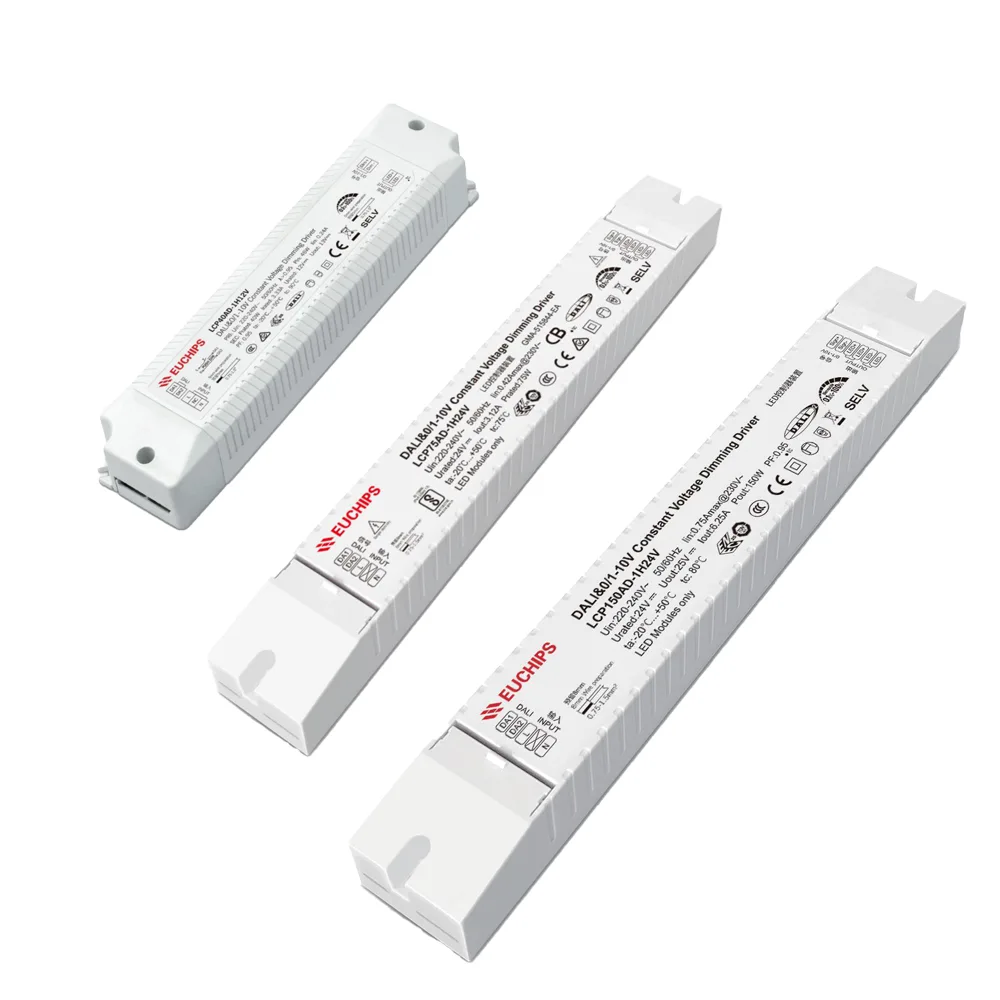
Euchips Dali
cân nhắc thực tế trước khi quyết định
Lựa chọn giữa DALi và PWM DIMMING là để điều chỉnh phương pháp kiểm soát với quy mô, mục tiêu và ngân sách của dự án của bạn. Nếu bạn đang quản lý một cài đặt quy mô nhỏ với các khu vực hạn chế và ngân sách eo hẹp, PWM cung cấp một giải pháp đơn giản, đáng tin cậy và tiết kiệm chi phí. Đối với các dự án lớn, phức tạp, nơi tính linh hoạt, khả năng mở rộng và tích hợp là ưu tiên, DALI mang lại giá trị lâu dài mặc dù mức đầu tư ban đầu cao hơn.
Các yếu tố chính để đánh giá bao gồm:
ngân sách - Không chỉ xem xét chi phí thiết bị trả trước mà còn tiết kiệm năng lượng lâu dài và hiệu quả bảo trì. PWM làm mờ thường hiệu quả hơn về chi phí ban đầu, trong khi Dali cung cấp giá trị lâu dài tốt hơn trong các dự án cao cấp, phức tạp.
sự đo lường của dự án - Đối với các dự án vừa và nhỏ với khu vực hạn chế, PWM có thể là sự lựa chọn đơn giản và tiết kiệm hơn. Các dự án quy mô lớn với nhiều khu vực và nhu cầu kiểm soát nâng cao có thể được hưởng lợi từ tính linh hoạt của Dali.
Tích hợp hệ thống - Nếu ánh sáng cần tích hợp với hệ thống quản lý tòa nhà (BMS), cảm biến chiếm chỗ hoặc cảm biến ánh sáng ban ngày, thì DALI cung cấp khả năng tương thích tiêu chuẩn, trong khi PWM yêu cầu hệ thống dây điện hoặc bộ điều khiển tùy chỉnh nhiều hơn.
Mở rộng trong tương lai - Đối với các dự án có khả năng mở rộng với các khu vực bổ sung, điều khiển cảnh hoặc các thiết bị điều khiển mới (ví dụ: bảng tường, giao diện cảm ứng), thiết kế có thể địa chỉ của Dali mang lại khả năng mở rộng cao hơn. PWM cũng có thể được mở rộng, nhưng thường có nhiều hệ thống dây và nâng cấp bộ điều khiển hơn.
Giao thức nào phù hợp với ánh sáng thông minh của bạn?
Việc lựa chọn giữa PWM và DALI cuối cùng phụ thuộc vào các ưu tiên của dự án của bạn. Nếu trọng tâm của bạn là hiệu quả chi phí và thiết lập đơn giản, PWM có thể là lựa chọn thực tế. Đối với các dự án đòi hỏi làm mờ chính xác, kiểm soát tập trung và tích hợp với hệ thống quản lý tòa nhà, Dali thường đáng để đầu tư. Xem xét ngân sách, quy mô dự án, nhu cầu tích hợp và kế hoạch mở rộng trong tương lai trước khi quyết định.
lúc SignliteLED, chúng tôi cung cấp cả giải pháp chiếu sáng LED PWM và DALI, được hỗ trợ bởi nhiều năm kinh nghiệm trong việc thiết kế, tùy chỉnh và cung cấp đồ đạc cho các dự án thương mại trên toàn thế giới. Cho dù bạn đang nâng cấp hệ thống chiếu sáng hiện có hoặc tòa nhà từ đầu, nhóm của chúng tôi có thể giúp bạn chọn giao thức phù hợp, cung cấp các thiết kế sản phẩm phù hợp và đảm bảo lắp đặt trơn tru.
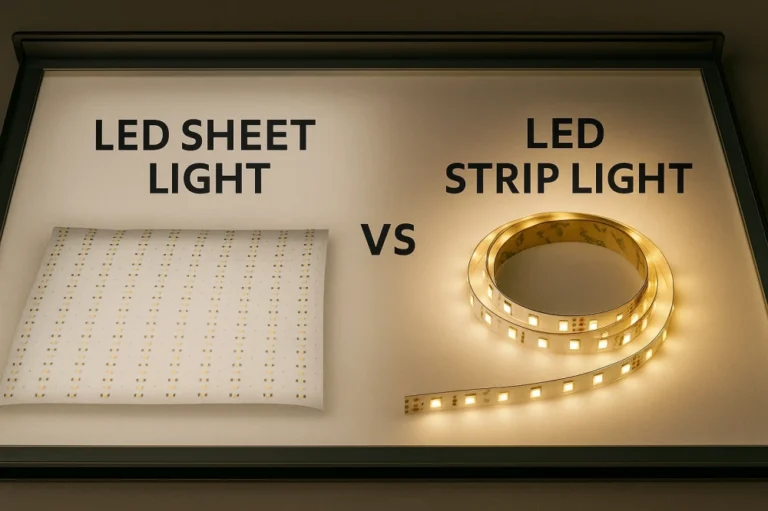

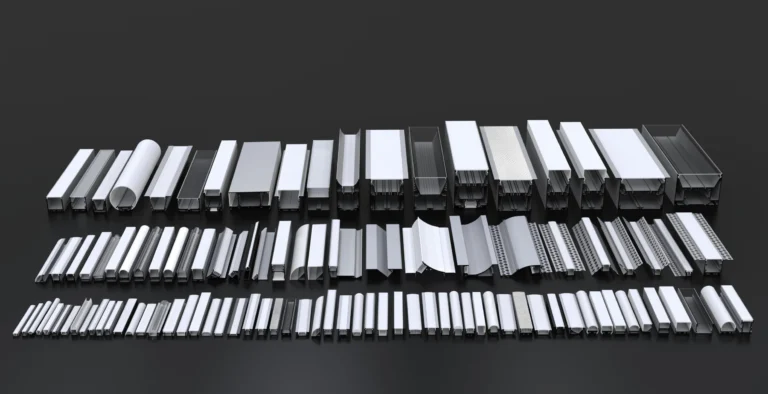
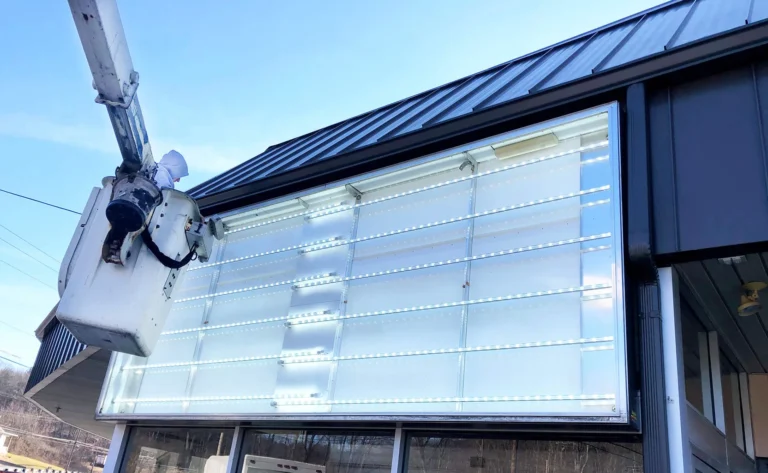
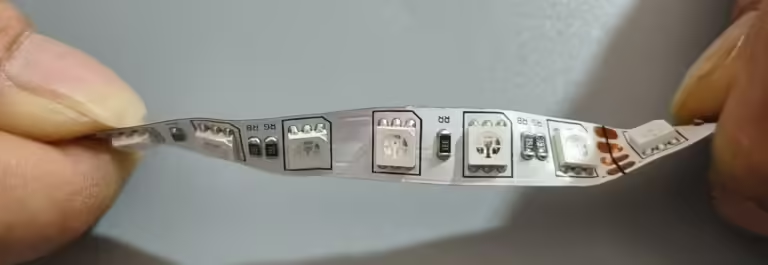
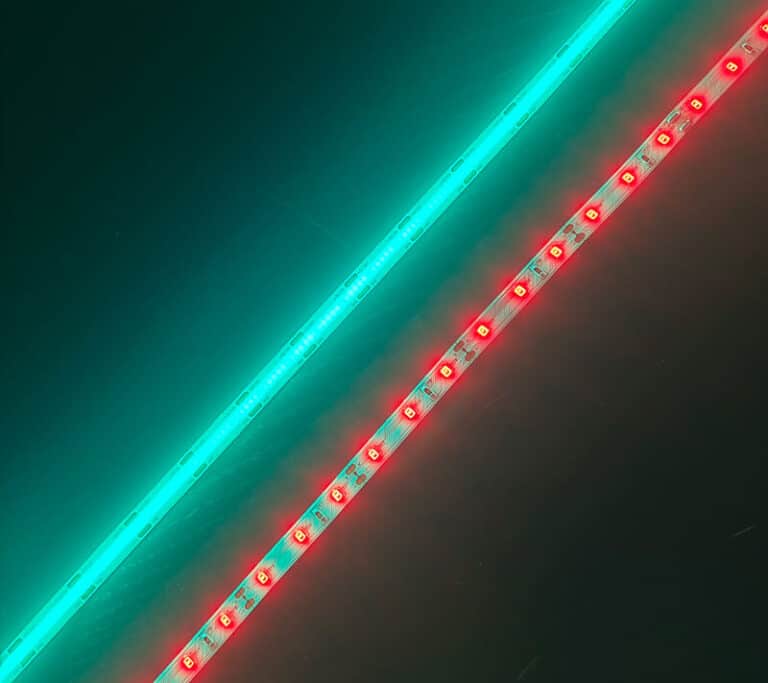

Tôi chỉ không thể rời khỏi trang web của bạn trước khi gợi ý rằng tôi thực sự thích thông tin thông thường mà một nguồn cung cấp cá nhân trong khách truy cập của bạn sẽ thường xuyên trở lại để kiểm tra các bài đăng mới